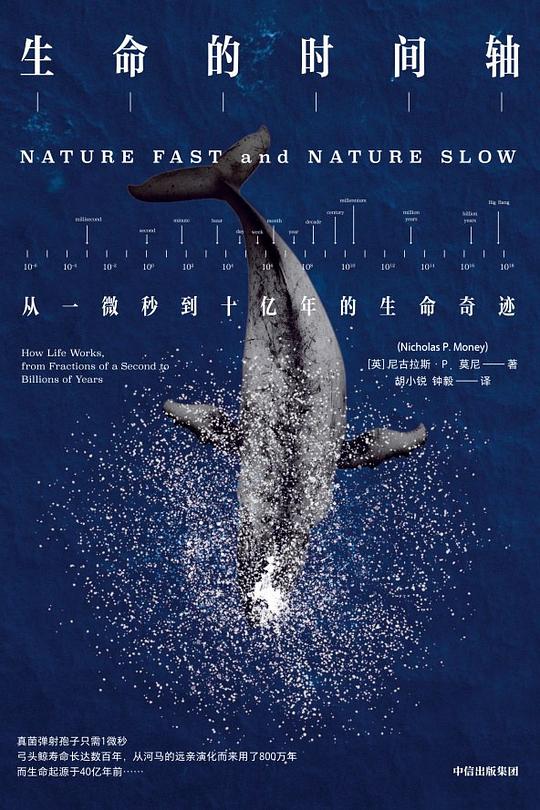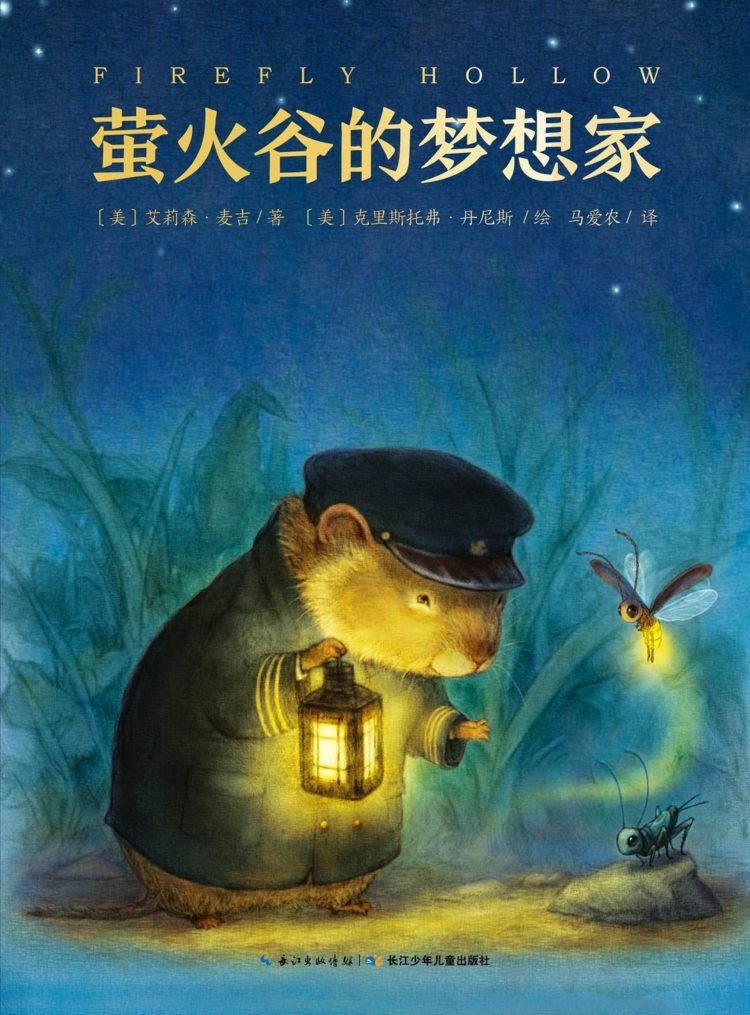
《生命的时间轴》生命时间轴:探索时间与生命的奥秘
书名:生命的时间轴
1
0

勇士之心 2023-04-29 10:11:20
The author of "The Timeline of Life" tells us that when we break through sensory limits, we can jump out of the human perspective and understand life from the dimension of time. It is evident that not only do we differ from animals such as dogs, flies, and whales in our understanding of time, but even from people with different cultural backgrounds. Therefore, it is not only economic conditions that cause some places to have a comfortable life and others to be hurried and anxious, but it also has to do with the internal time consciousness that people have accumulated.
This book reflects how we interact with nature and how we examine the position of humanity in a larger and older structure of life. The author explores a specific time segment in each chapter, from fast processes in a millionth of a second to slow processes that take billions of years. When we examine life activities on a longer time scale, we are not limited to describing the present.
The author states that considering the fact that intelligent humans will exit the stage of history and the earth will eventually disappear, we must look to the future.
After studying the fastest movement in nature, the author turns to the time scale of "seconds." He mentions that when we focus on the present time, we count in seconds, such as when we are waiting in line or waiting for a dentist appointment, hoping that every second will go by faster.
The author believes that although "seconds" are invented by humans, this beat is very suitable for nature. For example, our hearts beat once every second, much slower than the pulse of hibernating groundhogs, but faster than the heart rate of hummingbirds, and the fluid in the lymphatic and nervous systems rises and falls every few seconds. Intestinal peristalsis and orgasms also have similar rhythmic frequencies.
The book introduces many interesting things:
In Seychelles in the Indian Ocean, there is an Aldabra giant tortoise, which is the oldest known land animal with a confirmed lifespan. A male tortoise named Jonathan hatched in 1832 or even earlier. When the author wrote this part, this tortoise was at least 188 years old.
In the history of evolution, turtles have chosen to enter the ocean at least four times, along with whales, leaving their habitats on land and freshwater.
Tropical frogs have evolved a method of "playing dead" in response to extreme weather during dry summers. They shed their outer skin layer, forming a waterproof cocoon, and rest in the soil for several months until the rain comes again.
African lungfish has extended this "mummification" mechanism to four years. They burrow into sediment in shallow pools, wrap themselves in mucus, lower their blood pressure and pulse, and remain still during the process of mud baking into clay at high temperatures.
Hippos have four toes on each foot, each with a hoof. They are even-toed ungulates like pigs, camels, and cows.
There are also some questions: Why did bats evolve from non-flying mammals, birds from non-flying dinosaurs, and amphibians from fish? The author said that behind each transformation, there was an opportunity that was not previously used, and a slightly different way of life was at work.
In the process of evolution from lizards to snakes, the forelimbs disappeared. But some snakes had preserved different-sized hind legs for millions of years before they were eliminated. In the Cretaceous period 100 million years ago, some snakes were several meters long and retained about one centimeter of hind legs attached to the pelvic girdle. These small limbs did help these animals cross obstacles, but it is more likely to allow mates to cuddle together, not to coil into a ball like todays snakes.
The author introduces that although all legged snakes are extinct, genes that control leg and foot development have been preserved in their offspring. It is evident in pythons that early embryos form pelvic girdles, femurs, and structures such as underdeveloped claws, which degrade before hatching but leave a thorn-like structure on the surface of the snake. During courtship and mating, male snakes can use this structure to touch and hold female snakes.
相关推荐
萤火谷的梦想家
艾莉森•麦吉出生于1960年,是美国《纽约时报》畅销书作家,同时也是大都会州立大学创意写作课的教授。她的作品被翻译成20多种语言并出版,也曾被提名普利策奖,并获得苏斯博士奖金奖、克里斯托弗图书奖、美国 [美]艾莉森•麦吉/[美]克里斯托弗•丹尼斯/绘 2023-03-27 16:50:25鬼马女神捕1·绝密卧底(上)
腹黑凤凰vs毒舌鸡妖——蓝翎:“小姬,跟我去人界吧!”姬十四:“干吗?让人宰了我做小鸡炖蘑菇吗?”蓝翎:“不啊,让妖怪宰了你做小鸡炖蘑菇更气派。”凤凰蓝翎和鸡妖姬十四生活在无忧无虑的灵界。他们的故乡叫 郝天晓 2023-04-17 00:22:47© 2023-2025 百科书库. All Rights Reserved.












发表评价